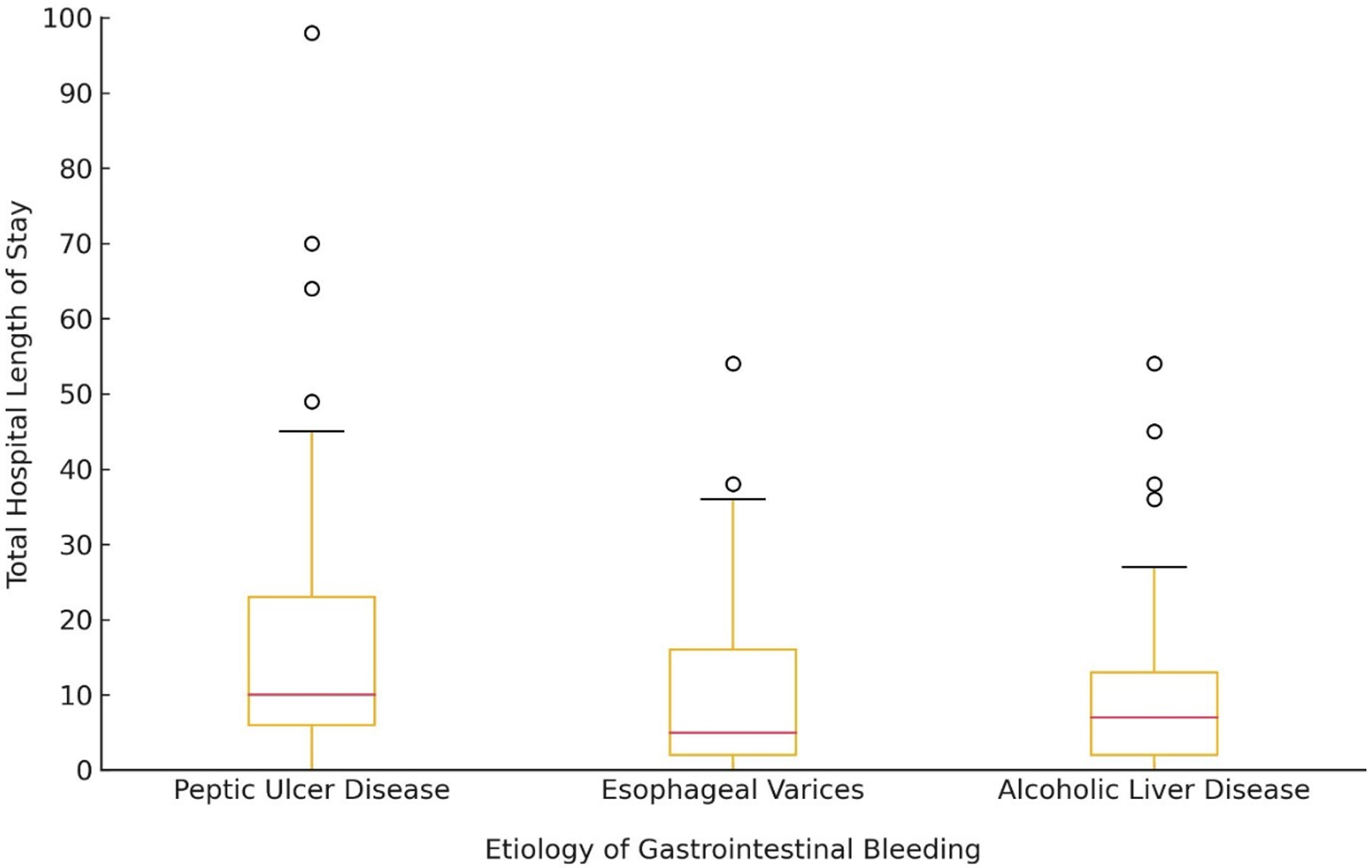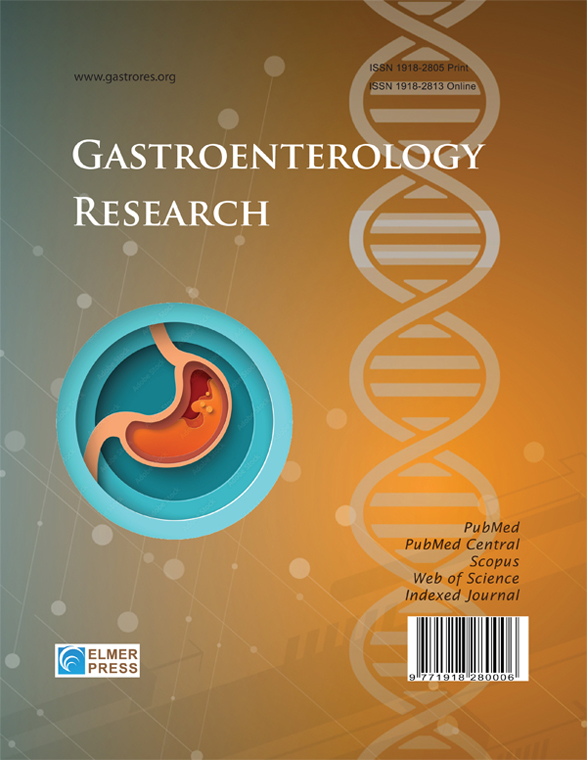Blood Product Utilization in Thromboelastography-Aided Transfusion in Gastrointestinal Bleeding: A Single-Center Experience
DOI:
https://doi.org/10.14740/gr2025Keywords:
Gastrointestinal bleeding, Thromboelastography, Restrictive resuscitation, Hemorrhagic shock, MortalityAbstract
Background: Gastrointestinal bleeding (GIB) is a common cause for intensive care unit (ICU) admissions and is associated with high mortality rates. Effective resuscitation is essential prior to definitive procedural intervention. Thromboelastography (TEG) assesses patients’ dynamic coagulation profiles and has been shown to reduce blood product usage and mortality in specific patient populations; however, its role in the management of GIB remains controversial.
Methods: We performed a retrospective study of patients who had TEG performed during resuscitation of GIB in the ICU between January 1, 2017 and December 31, 2020 at a single center. Patients were identified through ICD-10 codes and blood bank’s database.
Results: A cohort of 244 patients was identified, of which 18 were excluded. The cohort was mainly represented by White (72%, n = 162) males (65%, n = 147) with a mean age of 61 (standard deviation (SD) 14) years. Alcoholic liver disease (31%, n = 69) and esophageal varices (30%, n = 65) were the most common comorbidities. Mean nadir systolic blood pressure was 75 (SD 18) mm Hg. Mean nadir hemoglobin concentration was 6.5 (SD 1.7) g/dL. Patients received a median of 5 packed red blood cells (pRBC) (interquartile range (IQR) 5.8), 1 fresh frozen plasma (FFP) (IQR 2), and 0 platelets and cryoprecipitate units (IQR 1 and 0, respectively). The median ICU length of stay was 3 (IQR 3) days. The observed mortality rate was 39% (n = 88).
Conclusion: Although TEG may help reduce unnecessary blood product transfusions, its overall clinical benefit remains uncertain given the high mortality observed among patients with hemorrhagic shock secondary to GIB. Further studies are warranted to better evaluate the efficacy and clinical utility of TEG-guided transfusion strategies in this patient population.

Published
Issue
Section
License
Copyright (c) 2025 The authors

This work is licensed under a Creative Commons Attribution-NonCommercial 4.0 International License.









